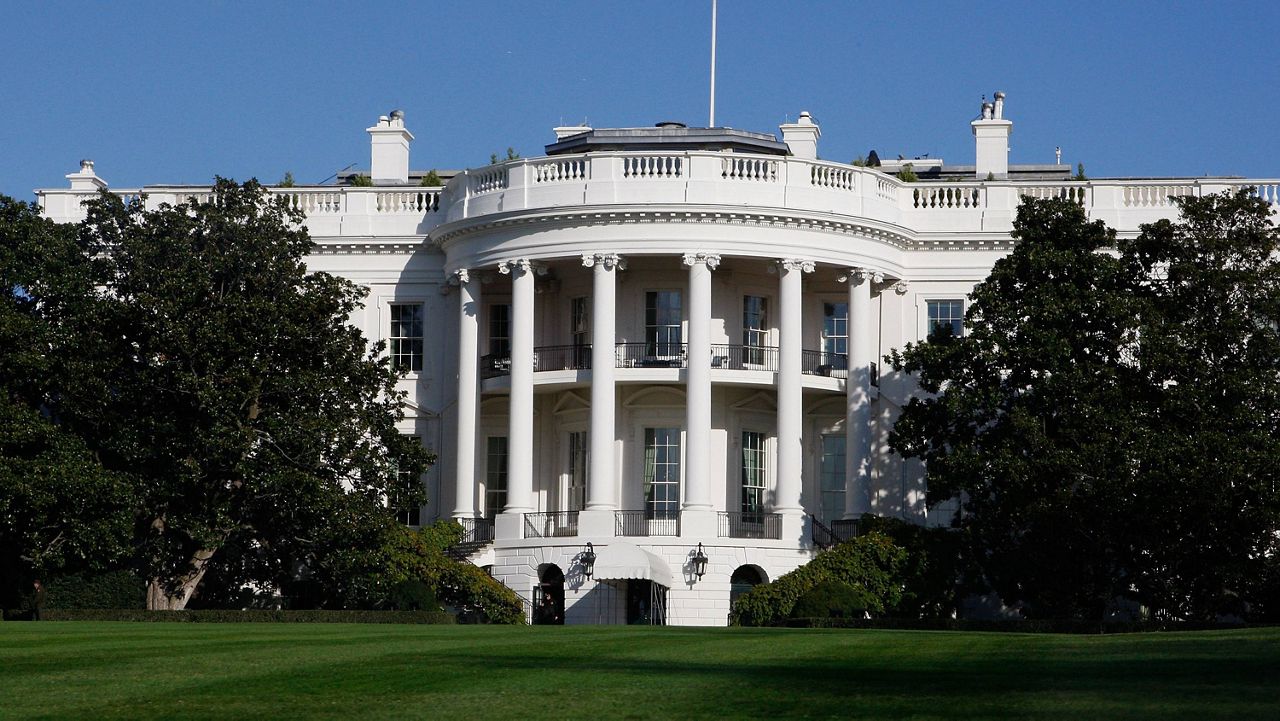A handful of national security officials say they suddenly experienced symptoms consistent with the mysterious “Havana syndrome” while on White House grounds or inside their Washington homes.
What You Need To Know
- A handful of national security officials say they suddenly experienced symptoms consistent with the mysterious “Havana syndrome” while on White House grounds or inside their Washington homes
- Two former officials described their experiences with CBS’ “60 Minutes,” while former national security adviser John Bolton confirmed a third official’s account
- Miles Taylor, a former chief of staff in the Department of Homeland Security, said he became aware that another U.S. government official — “roughly at the Cabinet level” — also experienced similar episodes at their home
- An interim CIA report last month found that it’s unlikely Russia or another foreign adversary has used microwaves or other forms of directed energy to attack the hundreds of American officials
Two former officials described their experiences with CBS’ “60 Minutes,” while former national security adviser John Bolton confirmed a third official’s account.
Olivia Troye, who served as a homeland security and counterterrorism adviser to former Vice President Mike Pence, said she fell ill in the summer of 2019 while walking down the steps of the Eisenhower Executive Office Building, next to the White House. Troye said she felt like she was physically struck and experienced a piercing feeling on the side of her head. She said she felt dizzy and nauseous.
“It was like a paralyzing panic attack,” she said. “I've never had that. I've never felt anything like that. And so I thought to myself, ‘Do I have a brain tumor out of the blue? Is this what happens? Am I having a stroke?’”
Troye said she experienced those symptoms a couple more times starting about a year later while walking to her car near the White House.
Miles Taylor, a former chief of staff in the Department of Homeland Security, said he woke up in his Capitol Hill apartment in April 2018 to a strange sound.
“It was sort of a chirping, somewhere between what you would think is a cricket or sort of a digital sound,” he described.
Taylor said he went to his window and saw a white van speed away at around 3 a.m.
He said the following day he felt “off, not ready to go to work.”
About five weeks later, it all happened again.
“Next day, feeling off-balance, feeling just out of it,” he said. “Again, those sort of concussion-like symptoms you would have from getting knocked pretty hard in a sport.”
Taylor said he became aware that another U.S. government official — “roughly at the Cabinet level” — also experienced similar episodes at their home. Taylor would not disclose the official’s name.
“That, to me, as a homeland security professional, was a big blinking red light,” Taylor said. “To me this said five-alarm fire. We may have ongoing activity targeting U.S. government officials here in our country.”
Both Troye and Taylor have become vocal critics of the Trump administration but said that has nothing to do with their warnings about what they believe is a potential threat to national security.
Bolton confirmed a story first reported in The New Yorker about a senior member of the National Security Council who reported being sickened in November 2020 on the same steps Troye was.
The official, who has declined to be identified in media reports, described what he experienced to Bolton, telling him he couldn’t speak or think clearly and was taken to the emergency room.
“That was a very debilitating attack,” Bolton said. “And similar to what others have reported.”
In a note to “60 Minutes,” the official said “he’s still recovering and suffering from headaches and other symptoms, and have been diagnosed with two other medical conditions that are believed to be the result of the attack.”
About 1,000 possible cases of Havana syndrome have been reported to the government. It was first reported in 2016 by U.S. and Canadian embassy staff in Havana, Cuba, which is how its name was derived. Other cases involving U.S. officials have been reported in Austria, Vietnam and India.
Symptoms include headaches, dizziness, nausea and other side effects consistent with traumatic brain injuries. One former official who worked at the U.S. Embassy in Havana told “60 Minutes” he was left with brain injuries that prevent him from working and left him legally blind in one eye and still struggling to maintain his balance.
An interim CIA report last month found that it’s unlikely Russia or another foreign adversary has used microwaves or other forms of directed energy to attack the hundreds of American officials.
Most cases under review by intelligence officers have been linked to other known medical conditions or to environmental factors, an official told The Associated Press, adding that in some cases, medical exams have revealed undiagnosed brain tumors or bacterial infections.
However, CIA Director William Burns tried to clarify the report’s findings.
“The intelligence community assesses now that there's not a single cause that would explain the more than 1,000 incidents that have been reported since Havana in 2016,” he told “60 Minutes. “We've also not yet been able to link a foreign state actor or an external device or mechanism to any of those cases.”
Burns said he’s mets with dozens of affected officials and their family members and “found their stories to be powerful and compelling and sometimes heartbreaking.”
Dr. David Relman, a professor of medicine at Stanford University, has helped lead two government committees investigating the injuries. They have concluded the most likely cause was “pulsed electromagnetic energy.”
The Associated Press contributed to this report.



